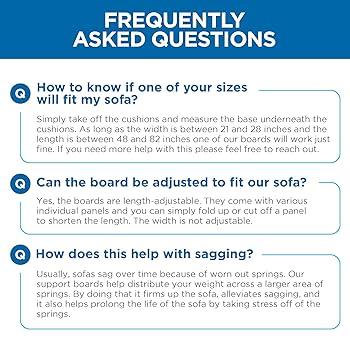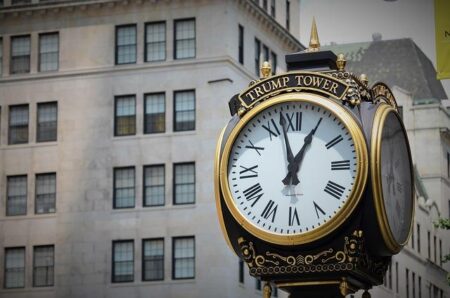The Trump administration doesn’t need to travel abroad to witness government censorship-it only has to look in the mirror. In a pointed critique, the Foundation for Individual Rights and Expression (FIRE) highlights the growing concerns over free speech restrictions within the United States under the current administration. As FIRE draws parallels between censorship practices internationally and domestic actions, the discussion raises urgent questions about the state of individual rights and expression at home.
Trump Administration Faces Its Own Challenges in Government Censorship Practices
While much attention has been directed towards international instances of government censorship, the Trump administration has grappled with its own internal controversies surrounding free expression. From social media bans targeting dissenting voices to efforts aimed at influencing media narratives, these practices reveal a complex relationship with First Amendment rights. Notably, several high-profile cases involved the suspension of individuals and organizations from platforms due to their political views, raising questions about the administration’s commitment to open discourse.
Among the most critical points of contention were:
- Government officials blocking critics on Twitter, which sparked legal challenges regarding the public’s right to access official communication channels.
- Pressure on private companies to moderate content, blurring the lines between state influence and corporate policy.
- Use of federal resources to promote sympathetic media outlets, sidelining opposing voices in national conversation.
| Issue | Impact | Legal Outcome |
|---|---|---|
| Social Media Bans | Restricted public debate | Lawsuits on First Amendment grounds |
| Blocked Official Accounts | Limited transparency | Court rulings favored public access |
| Media Influence | Biased information flow | No formal sanctions |
Examining Domestic Policies that Threaten Free Speech and Individual Rights
Throughout recent years, domestic policies have increasingly encroached upon the fundamental pillars of free expression and individual liberties, raising profound concerns among civil rights advocates. Legislative measures aimed at restricting certain types of speech under the guise of national security or public order have, in many instances, deviated into overt censorship. These actions not only undermine constitutional guarantees but also set troubling precedents that could erode the very fabric of democratic engagement. From attempts to curtail whistleblowers to legislative pushes that muzzle protestors, the spectrum of repressive policies highlights a pattern of government overreach incompatible with the principles of open discourse.
Key tactics employed include:
- Expansion of surveillance powers targeting journalists and activists
- Use of vague legislation to criminalize dissent and protest activities
- Pressuring educational institutions to restrict controversial viewpoints
- Leveraging social media regulation to silence opposition voices
| Policy Area | Impact on Rights | Examples |
|---|---|---|
| Surveillance Laws | Chilling effect on free speech | Increased ACLU reports of government monitoring |
| Protest Restrictions | Suppression of assembly rights | Criminal charges against peaceful demonstrators |
| Educational Censorship | Limiting academic freedom | Campus speech codes controversy |
Recommendations for Restoring Transparency and Protecting Expression Within the United States
Restoring transparency and safeguarding free expression in the United States demands decisive action from policymakers and institutions alike. Central to this effort is the implementation of clear and enforceable disclosure regulations that require government agencies to publicly share detailed information on content moderation and censorship decisions. Additionally, protecting whistleblowers who expose undue suppression enhances accountability, ensuring that the public can scrutinize actions taken behind closed doors. Civil liberties organizations must be empowered with greater access to information and legal resources to challenge potential overreach effectively.
Equally important is fostering a culture that values open dialogue and diverse viewpoints within public institutions. This can be advanced by:
- Establishing independent oversight bodies tasked with reviewing government content restrictions and advising on best practices.
- Promoting transparency reports similar to those used by social media platforms, published regularly by government offices.
- Integrating freedom of expression principles into public service training programs to mitigate unconscious bias in communication management.
- Encouraging legislative reforms that clarify limits on executive power concerning speech regulation.
| Recommendation | Expected Outcome |
|---|---|
| Transparency Reports | Improved public trust and oversight |
| Independent Oversight | Reduced unilateral censorship |
| Whistleblower Protections | Increased accountability |
| Training & Education | Enhanced respect for free expression |
In Conclusion
As debates over government censorship continue to evolve on the global stage, the examination of practices within the Trump administration reveals that concerns about free expression are not confined to foreign governments. The Foundation for Individual Rights and Expression’s analysis underscores that self-scrutiny is equally vital when evaluating one’s own policies and actions. In an era where the protection of individual rights remains paramount, looking inward may be the first step toward meaningful reform.




